Increased Focus on Aquaculture
The Underwater Monitoring System Market is also being propelled by the growing focus on aquaculture. As the demand for seafood rises, aquaculture practices are evolving to become more efficient and sustainable. Monitoring systems play a crucial role in ensuring optimal conditions for fish farming, including water quality management and disease detection. The aquaculture sector is projected to grow at a CAGR of 5.5% through 2027, which suggests a robust market for underwater monitoring technologies. This trend indicates that the Underwater Monitoring System Market will likely expand as aquaculture operations increasingly rely on advanced monitoring solutions to enhance productivity and sustainability.
Rising Demand for Marine Research
The Underwater Monitoring System Market is experiencing a notable increase in demand driven by the need for comprehensive marine research. As environmental concerns escalate, researchers require advanced monitoring systems to collect data on marine ecosystems. This demand is reflected in the projected growth of the marine research sector, which is expected to reach USD 5 billion by 2026. The integration of sophisticated sensors and data analytics in underwater monitoring systems enhances the ability to study marine biodiversity, water quality, and habitat conditions. Consequently, the Underwater Monitoring System Market is poised to benefit from this trend, as institutions and organizations invest in technologies that facilitate in-depth marine studies.
Government Initiatives and Funding
Government initiatives aimed at promoting sustainable marine practices are significantly influencing the Underwater Monitoring System Market. Various countries are allocating substantial funding to enhance marine conservation efforts, which includes the deployment of advanced underwater monitoring systems. For instance, recent reports indicate that funding for marine technology development has increased by 30% over the past two years. This financial support not only encourages innovation but also stimulates the adoption of monitoring systems that can provide real-time data on marine health. As a result, the Underwater Monitoring System Market is likely to see accelerated growth due to these supportive governmental policies.
Growing Awareness of Climate Change Impacts
The Underwater Monitoring System Market is increasingly influenced by the growing awareness of climate change impacts on marine environments. As climate change continues to affect ocean temperatures, acidity, and sea levels, there is a pressing need for monitoring systems that can provide critical data on these changes. Research indicates that the ocean absorbs approximately 30% of carbon dioxide emissions, leading to significant alterations in marine ecosystems. This awareness drives investments in underwater monitoring technologies that can track and analyze these changes. Consequently, the Underwater Monitoring System Market is expected to expand as stakeholders recognize the importance of monitoring systems in addressing climate-related challenges.
Technological Innovations in Sensor Technology
Technological innovations in sensor technology are transforming the Underwater Monitoring System Market. The advent of high-resolution imaging, autonomous underwater vehicles, and advanced data analytics is enabling more precise monitoring of underwater environments. These innovations facilitate the collection of vast amounts of data, which can be analyzed to gain insights into marine ecosystems. The market for underwater sensors is expected to grow significantly, with estimates suggesting a value of USD 3 billion by 2025. This growth indicates that the Underwater Monitoring System Market is likely to thrive as organizations seek to leverage cutting-edge technologies for enhanced monitoring capabilities.


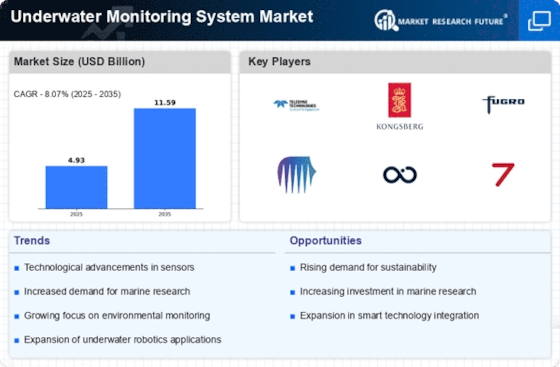
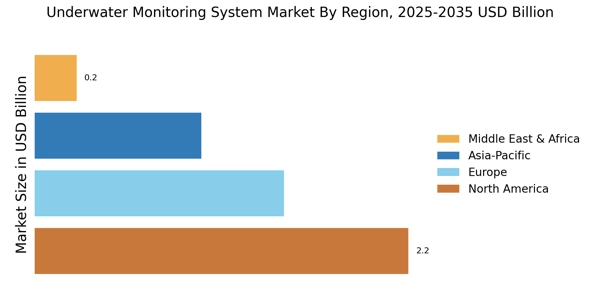
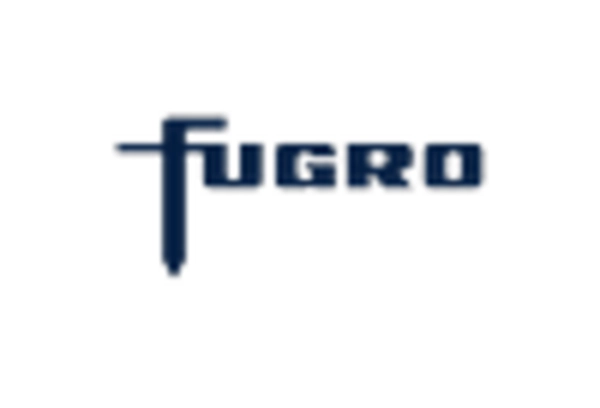
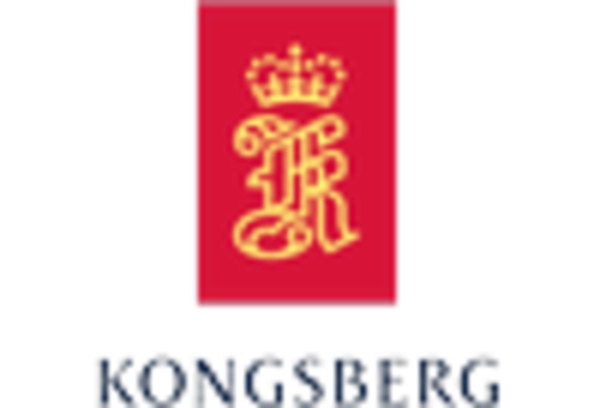



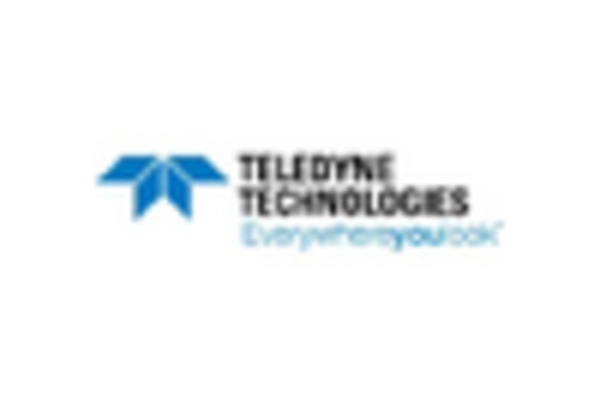








Leave a Comment